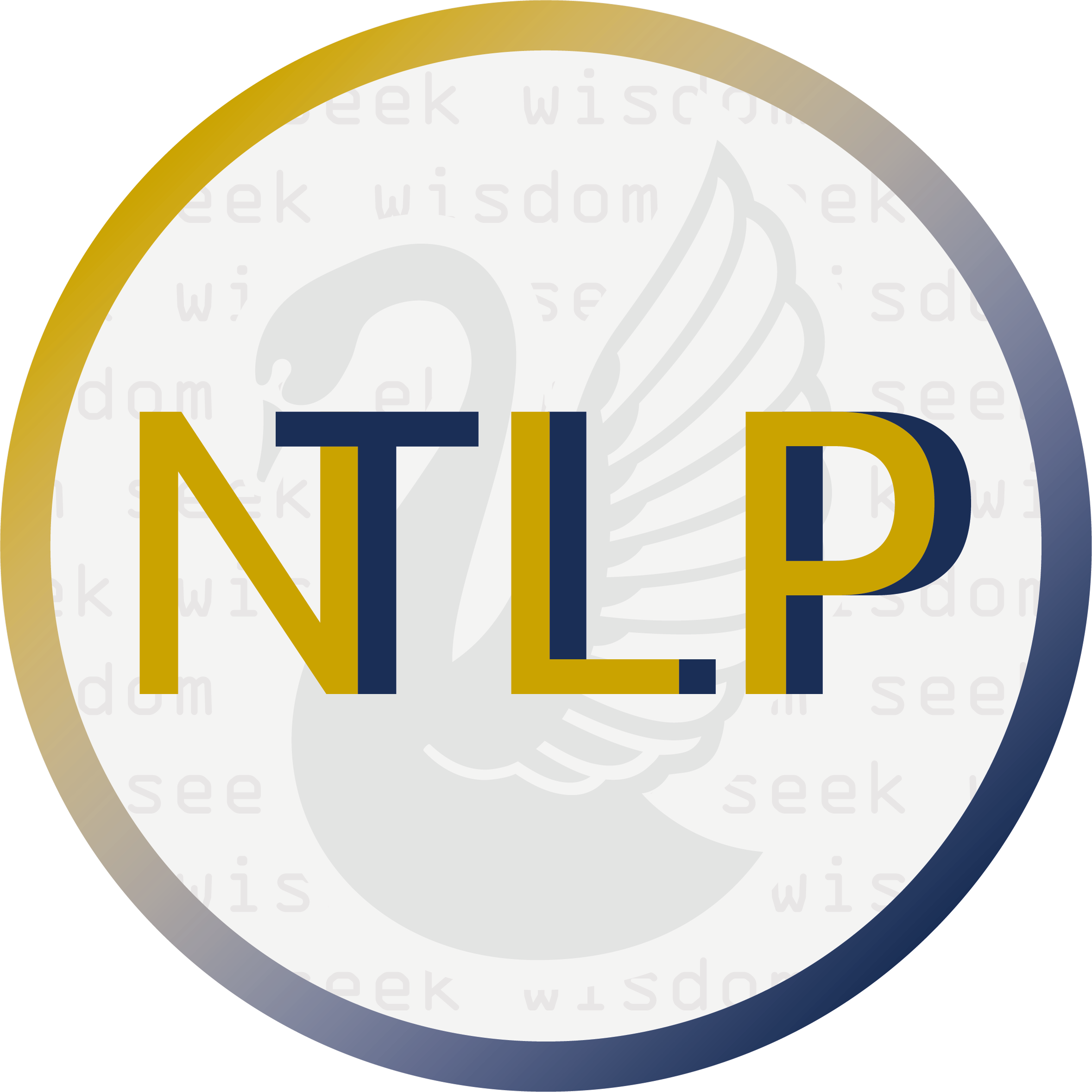4. Python Basics¶
https://www.w3schools.com/python/
# input and output
name = input()
print("hello, " + name)
hello, CITS4012 Natural Language Processing
# print multiple variables separated by a space
print("hello", name, 1, 3.0, True)
hello CITS4012 Natural Language Processing 1 3.0 True
# line comment
"""
block
comments
"""
'\nblock \ncomments\n'
# variables don't need explicit declaration
var = "hello" # string
var = 10.0 # float
var = 10 # int
var = True # boolean
var = [1,2,3] # pointer to list
var = None # empty pointer
# type conversions
var = 10
print(int(var))
print(str(var))
print(float(var))
10
10
10.0
# basic math operations
var = 10
print("var + 4 =", 10 + 4)
print("var - 4 =", 10 - 4)
print("var * 4 =", 10 * 4)
print("var ^ 4=", 10 ** 4)
print("int(var) / 4 =", 10//4) # // for int division
print("float(var) / 4 =", 10/4) # / for float division
# All compound assignment operators available
# including += -= *= **= /= //=
# pre/post in/decrementers not available (++ --)
var + 4 = 14
var - 4 = 6
var * 4 = 40
var ^ 4= 10000
int(var) / 4 = 2
float(var) / 4 = 2.5
# basic boolean operations include "and", "or", "not"
print("not True is", not True)
print("True and False is", True and False)
print("True or False is", True or False)
not True is False
True and False is False
True or False is True
# String operations
# '' and "" are equivalent
s = "String"
#s = 'Mary said "Hello" to John'
#s = "Mary said \"Hello\" to John"
# basic
print(len(s)) # get length of string and any iterable type
print(s[0]) # get char by index
print(s[1:3]) # [1,3)
print("This is a " + s + "!")
# handy tools
print(s.lower())
print(s*4)
print("ring" in s)
print(s.index("ring"))
# slice by delimiter
print("I am a sentence".split(" "))
# concatenate a list of string using a delimiter
print("...".join(['a','b','c']))
# formatting variables
print("Formatting a string like %.2f"%(0.12345))
print(f"Or like {s}!")
6
S
tr
This is a String!
string
StringStringStringString
True
2
['I', 'am', 'a', 'sentence']
a...b...c
Formatting a string like 0.12
Or like String!
# control flows
# NOTE: No parentheses or curly braces
# Indentation is used to identify code blocks
# So never ever mix spaces with tabs
for i in range(0,5):
for j in range(i, 5):
print("inner loop")
print("outer loop")
# if-else
var = 10
if var > 10:
print(">")
elif var == 10:
print("=")
else:
print("<")
=
# use "if" to check null pointer or empty arrays
var = None
if var:
print(var)
var = []
if var:
print(var)
var = "object"
if var:
print(var)
object
# while-loop
var = 5
while var > 0:
print(var)
var -=1
5
4
3
2
1
# for-loop
for i in range(3): # prints 0 1 2
print(i)
"""
equivalent to
for (int i = 0; i < 3; i++)
"""
print("-------")
# range (start-inclusive, stop-exclusive, step)
for i in range(2, -3, -2):
print(i)
"""
equivalent to
for (int i = 2; i > -3; i-=2)
"""
0
1
2
-------
2
0
-2
'\nequivalent to\nfor (int i = 2; i > -3; i-=2)\n'
# define function
def func(a, b):
return a + b
func(1,3)
4
# use default parameters and pass values by parameter name
def rangeCheck(a, min_val = 0, max_val=10):
return min_val < a < max_val # syntactic sugar
rangeCheck(5, max_val=4)
False
# define class
class Foo:
# optinal constructor
def __init__(self, x):
# first parameter "self" for instance reference, like "this" in JAVA
self.x = x
# instance method
def printX(self): # instance reference is required for all function parameters
print(self.x)
# class methods, most likely you will never need this
@classmethod
def printHello(self):
print("hello")
obj = Foo(6)
obj.printX()
6
# class inheritance - inherits variables and methods
# You might need this when you learn more PyTorch
class Bar(Foo):
pass
obj = Bar(3)
obj.printX()
3
